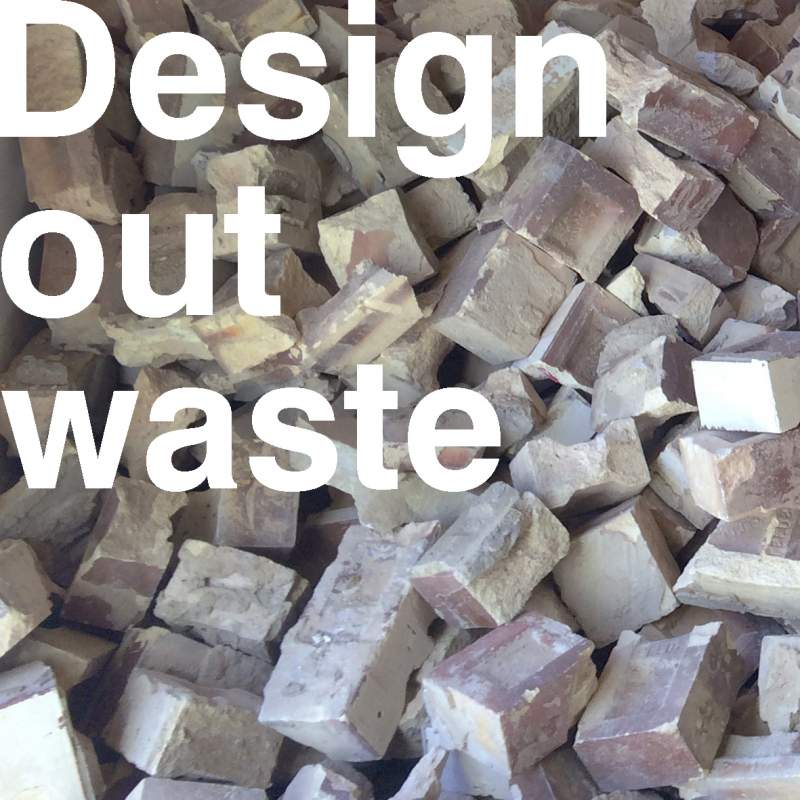Draw Down Carbon
The defining challenge of our time - perhaps of any time - is as imperceptible as it is serious. The concentration of carbon dioxide in our atmosphere is at a higher level than it has been for more than nine hundred thousand years. Humans have been here for only a few hundred thousand, agriculture for perhaps ten thousand and our recorded history even less. It is an unprecedented situation and everything that we make, use and consume must be reimagined through this lens.
Architecture has a vital role to play in a transition to a zero-carbon future – the only viable future, and one that is coming too slowly. Can it arrive in our lifetimes? Buildings are responsible for around 40% of global greenhouse gas emissions, they are a huge part of the problem, but we have everything we need to solve this problem today. 30% of global emissions come from the energy we use in our buildings, for heating and cooling, power, lighting and cooking. The remaining 10% comes from the act of making a building, all the materials and products it requires as well as those that are used in its maintenance and wasted when buildings are demolished. Although these embodied emissions are the lower percentage, they can at times be more significant, coming all at once during a construction project.
We feel a deep responsibility as well as an energising inspiration to design and make buildings differently. Architecture has to change. There is no reason to hesitate or look backwards. The challenge to make and inhabit zero-carbon buildings is an opportunity to create the world that we want to live in, the only world that we – and earth’s other species – can live in.







